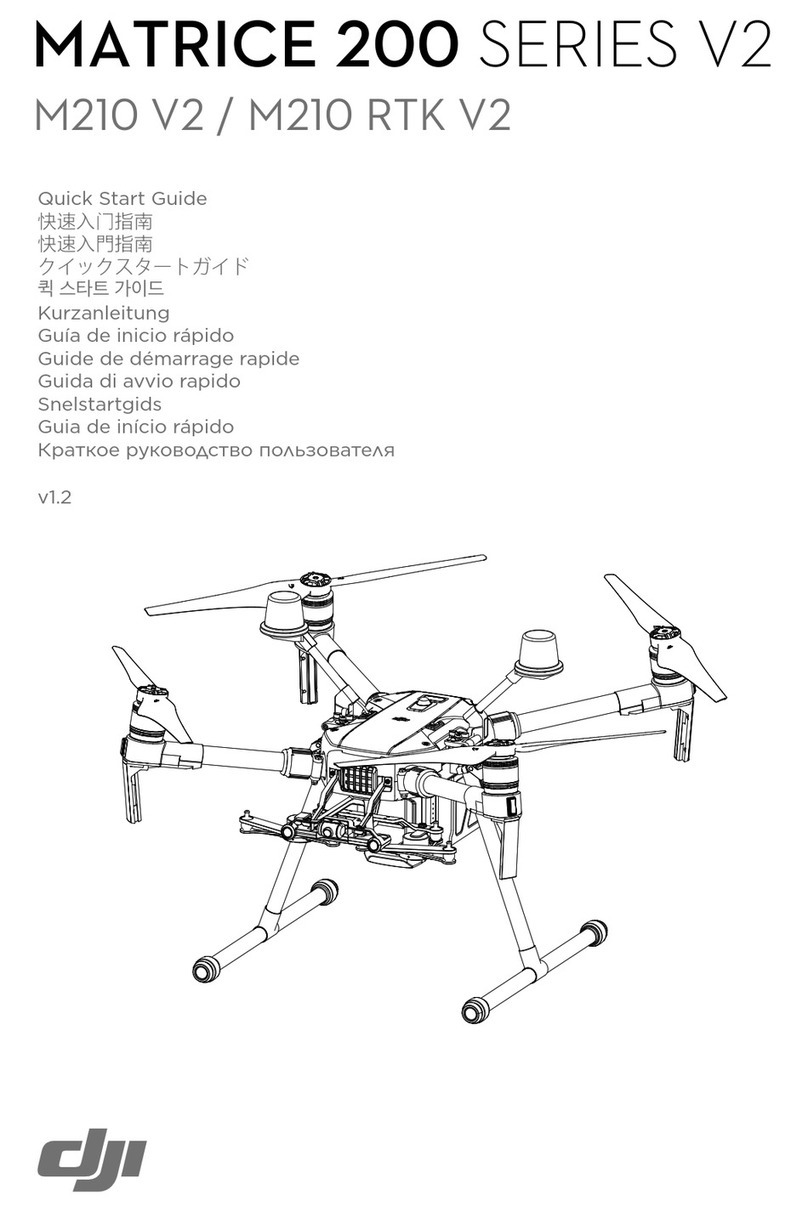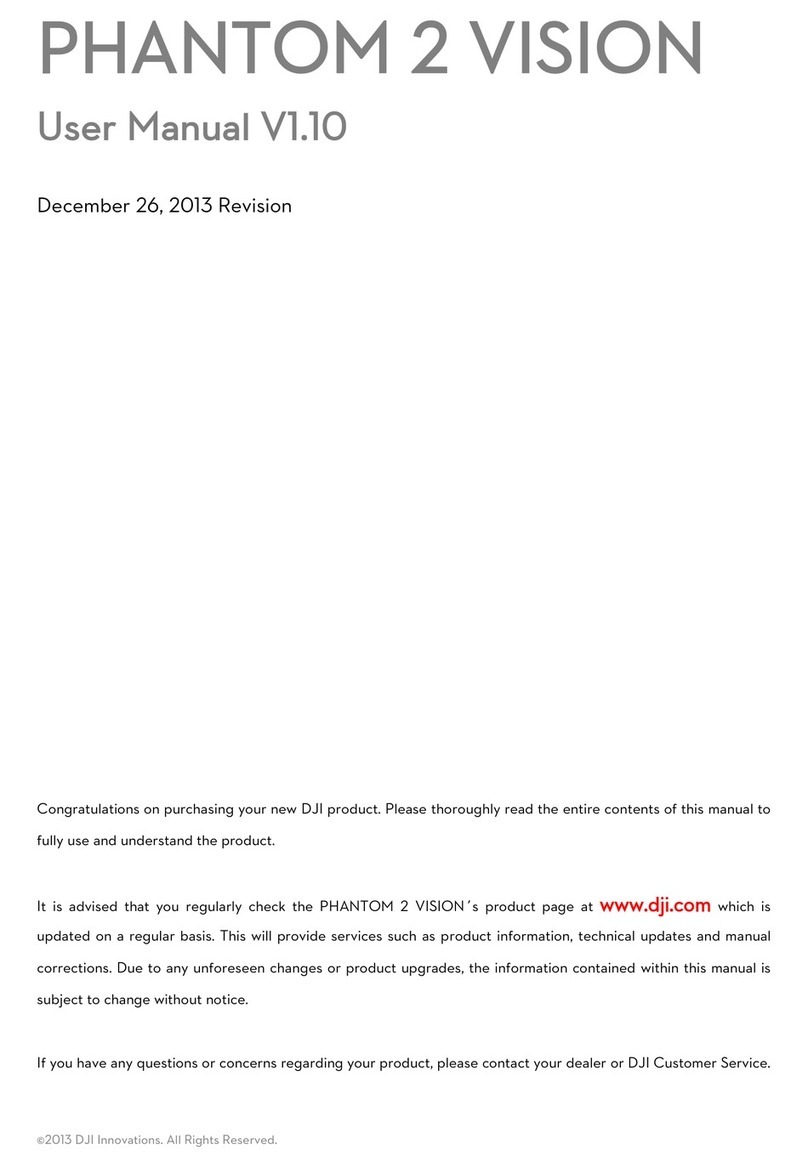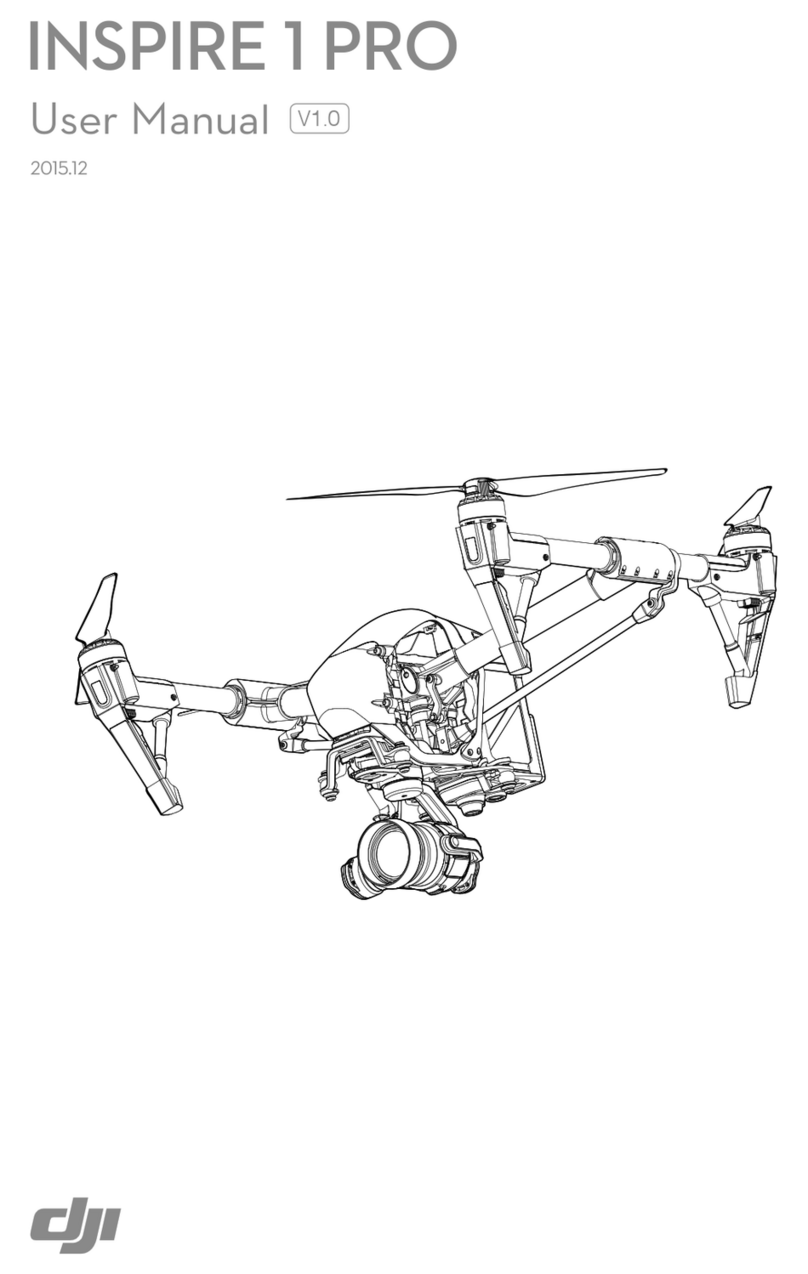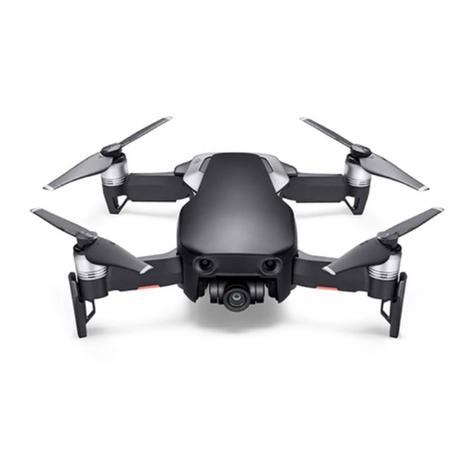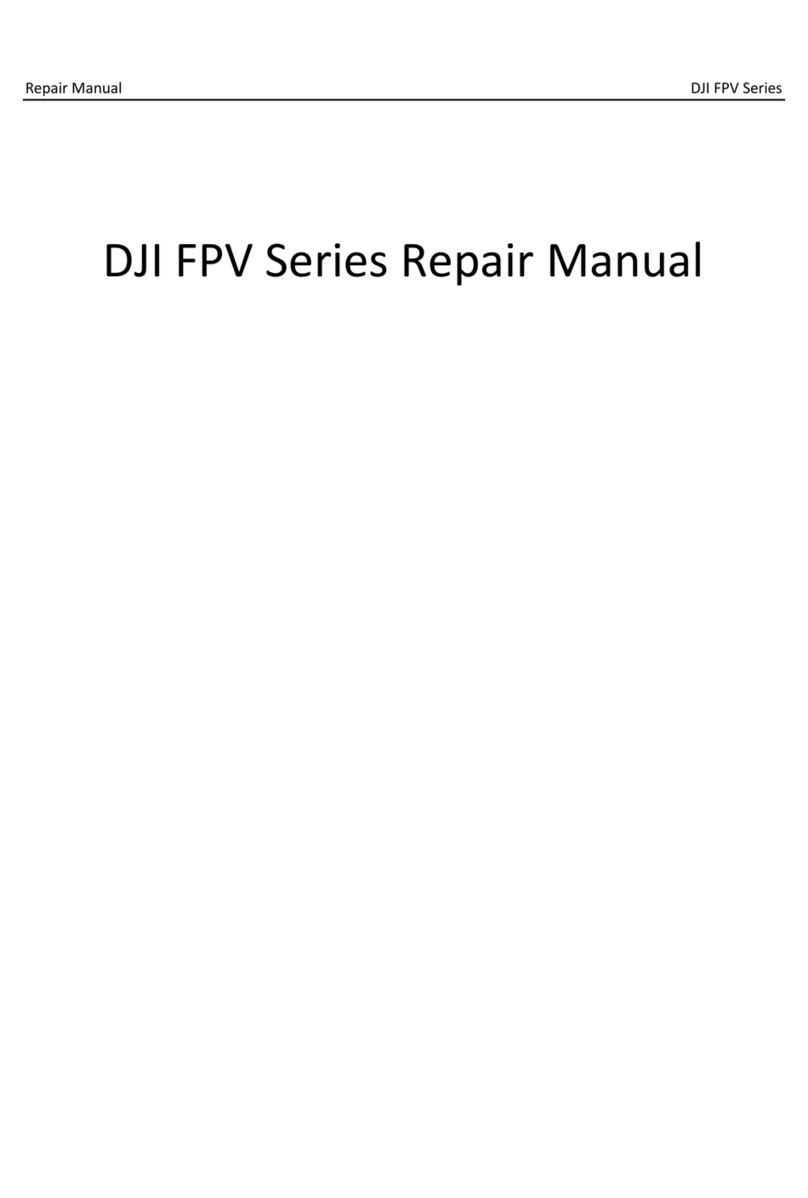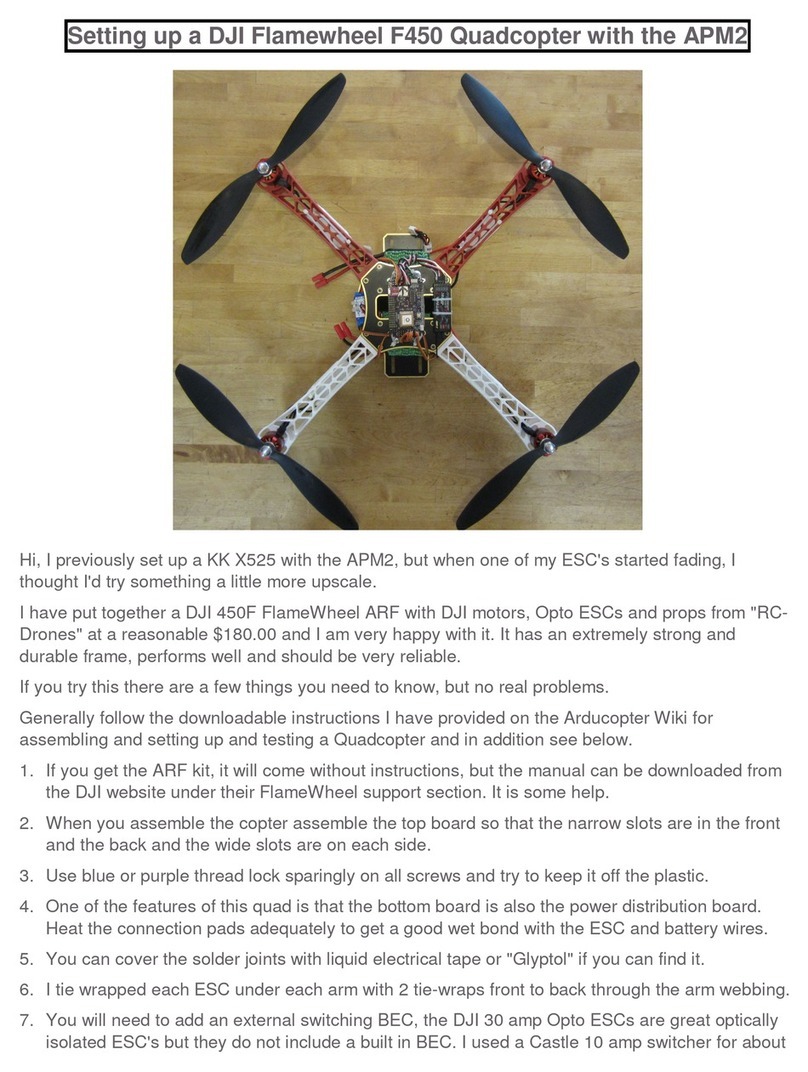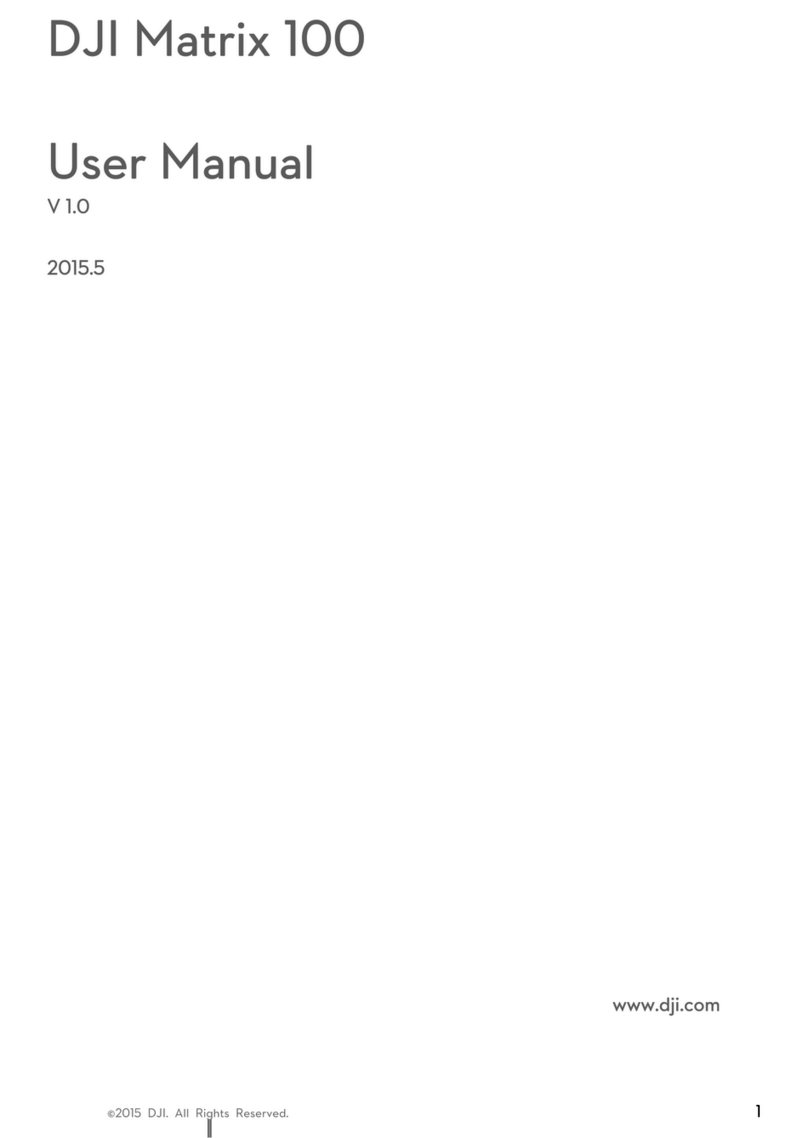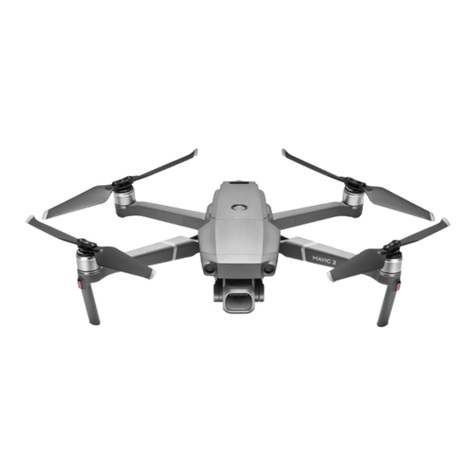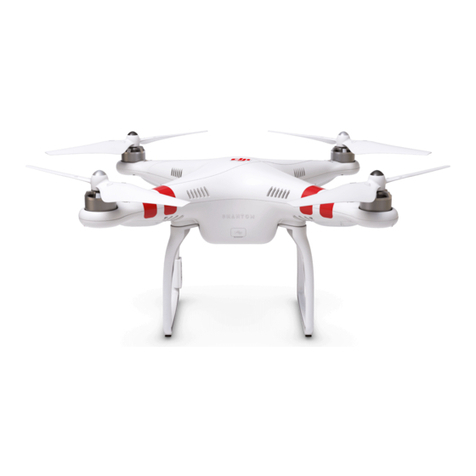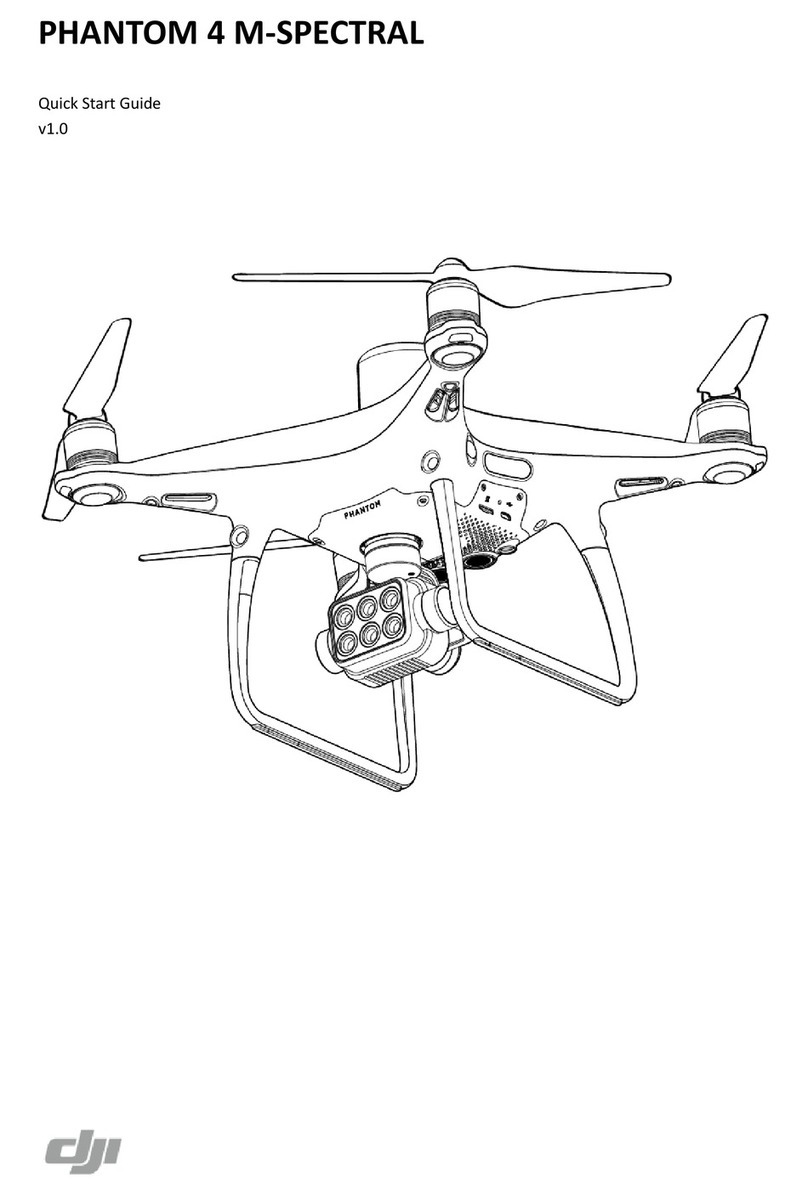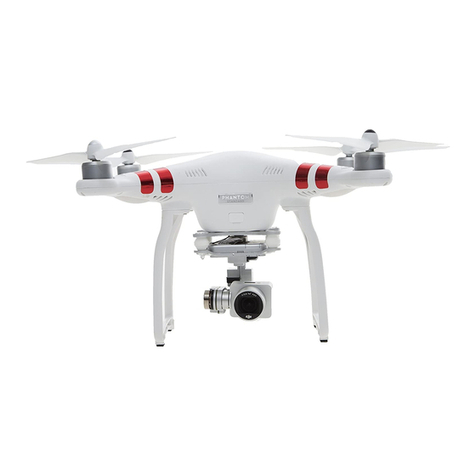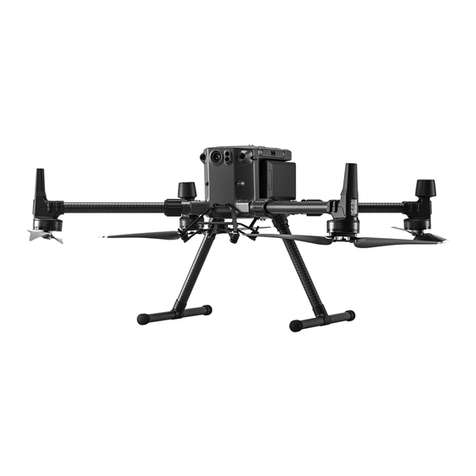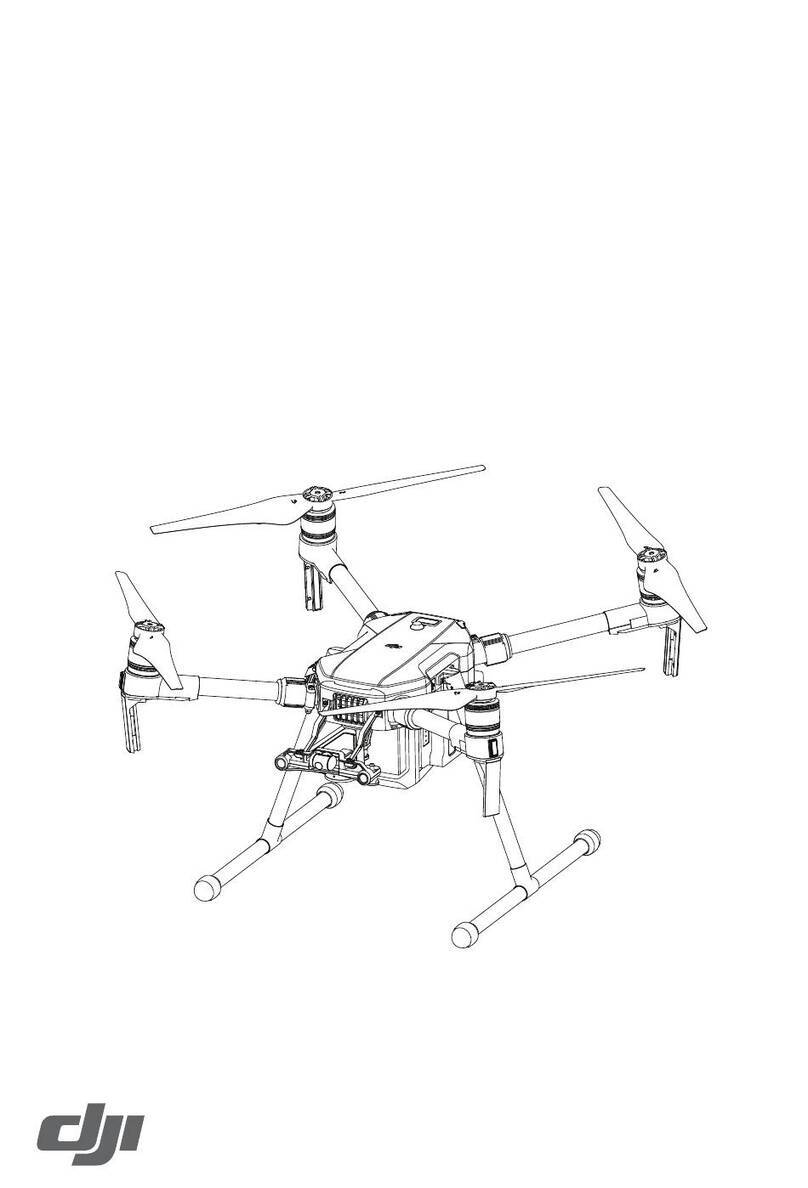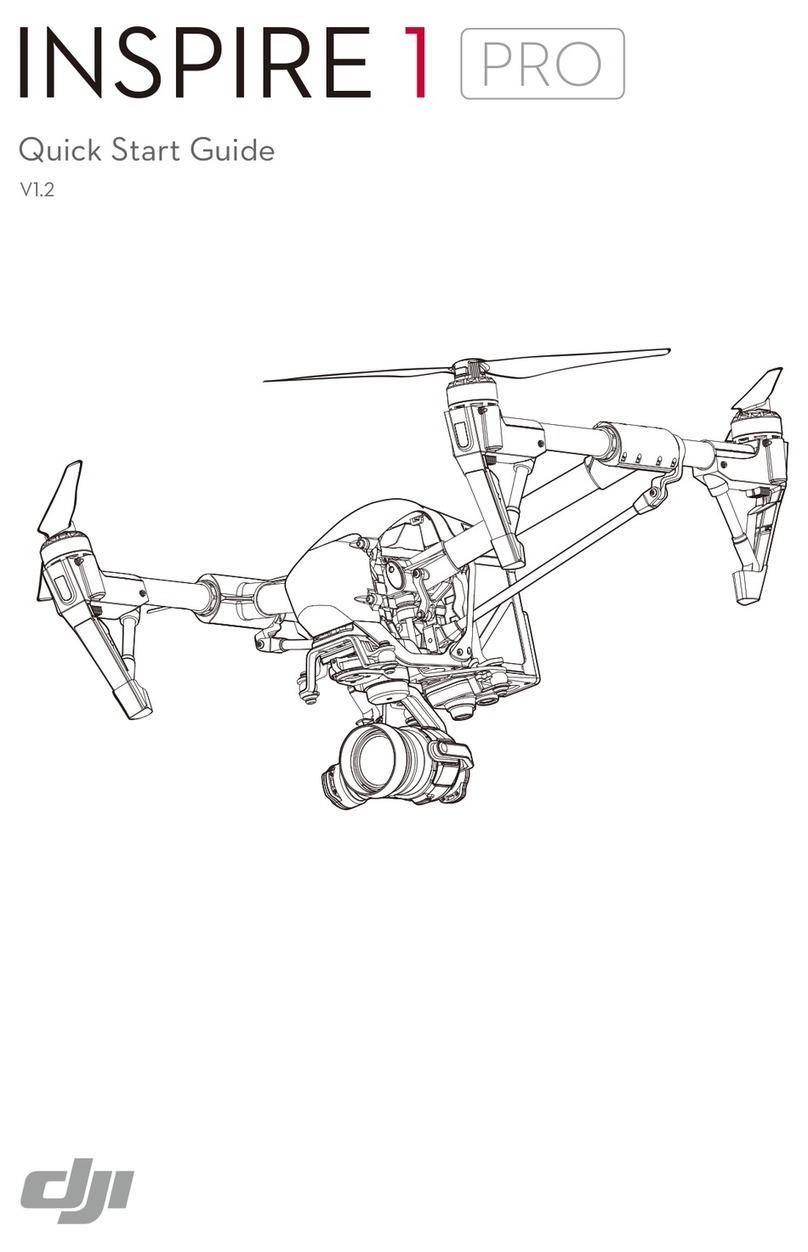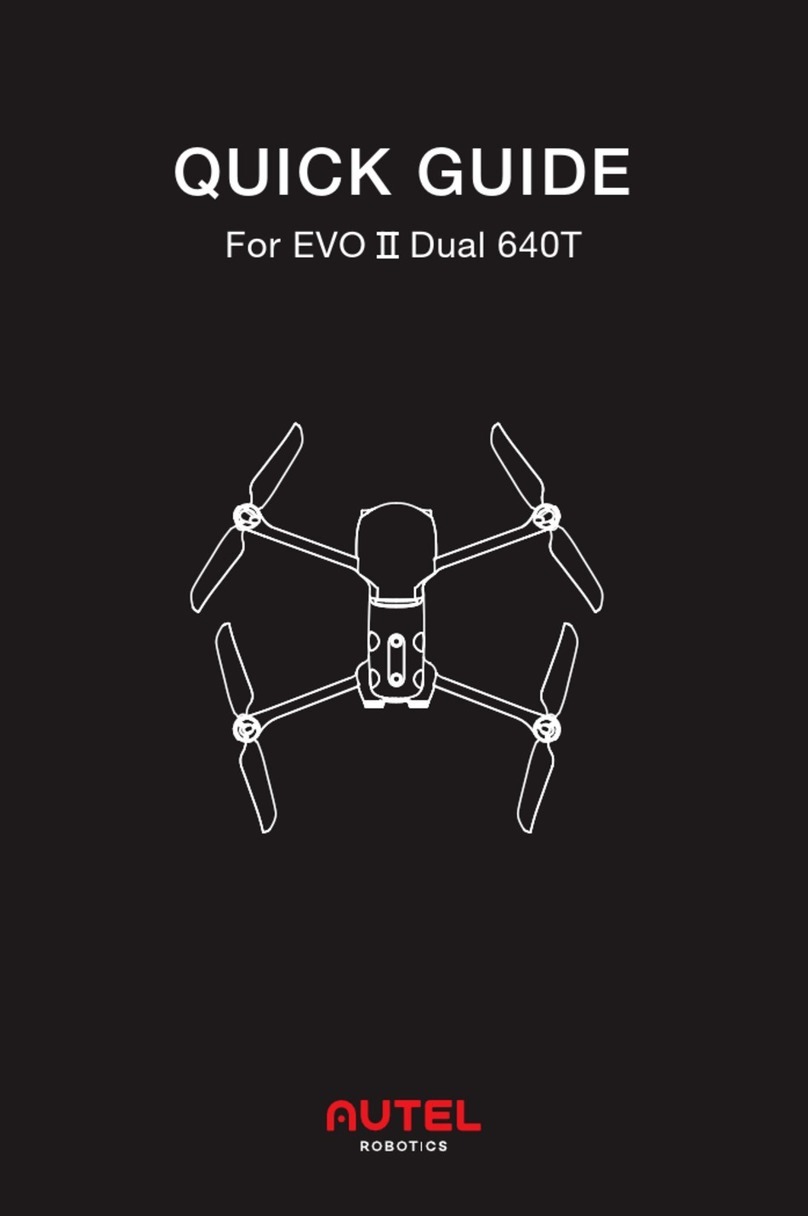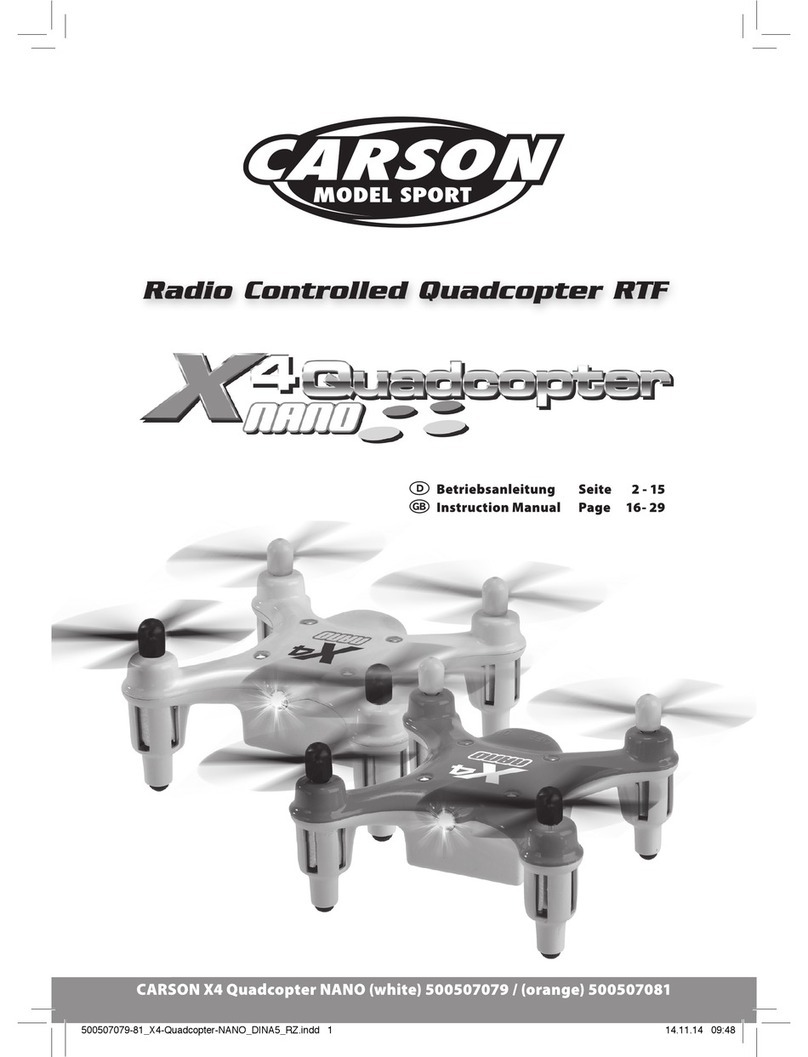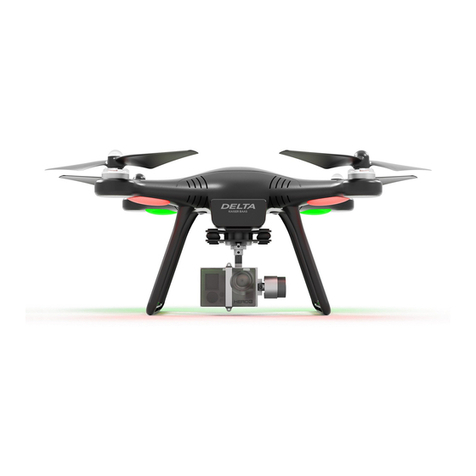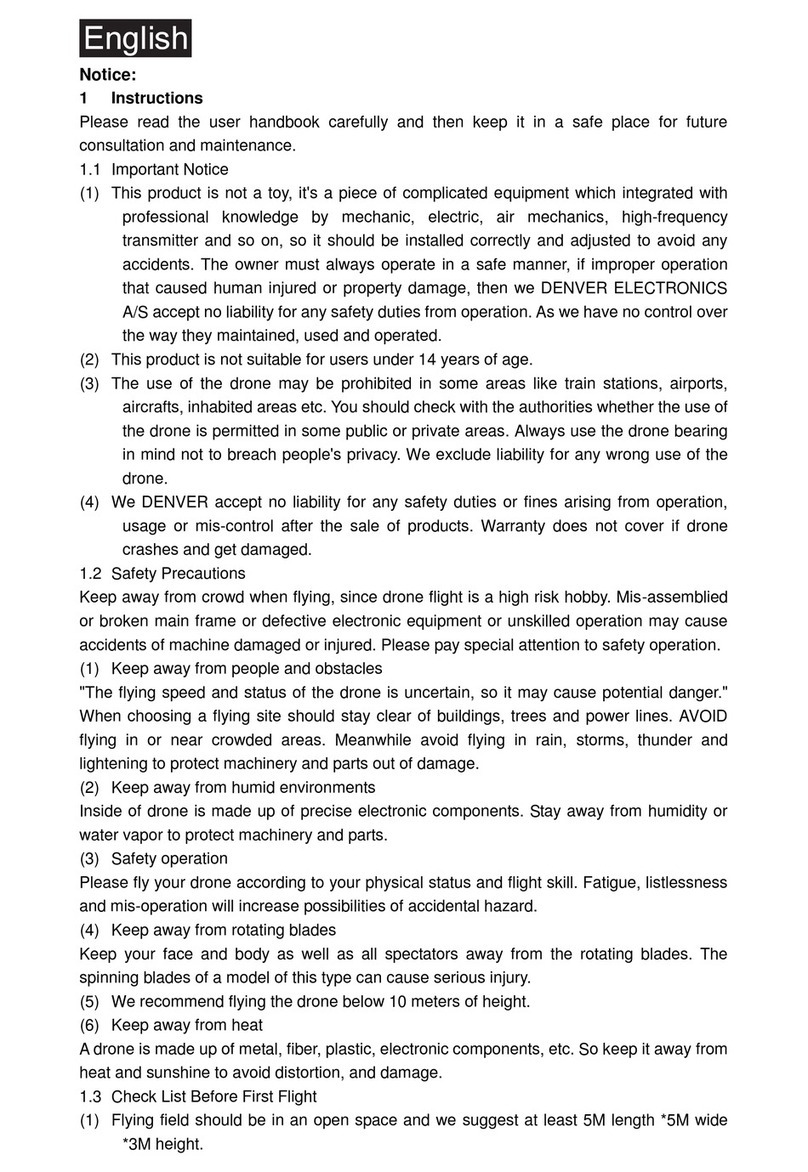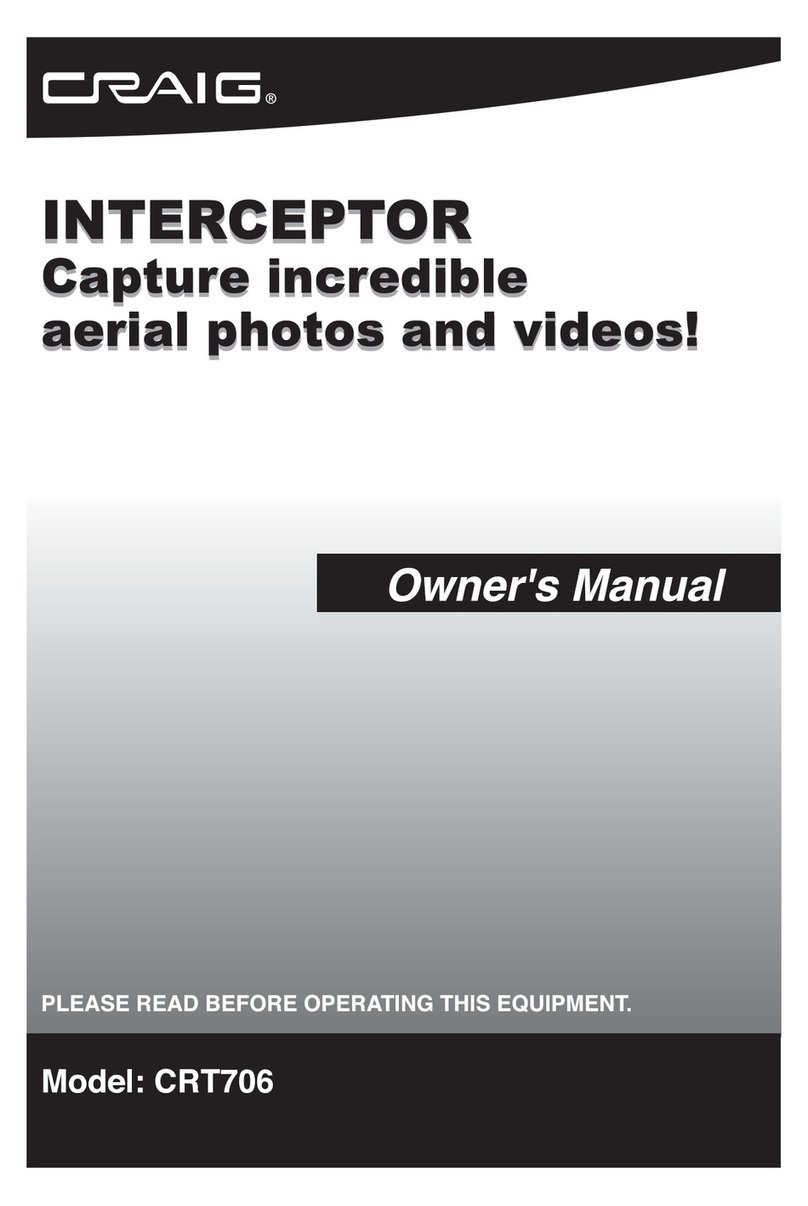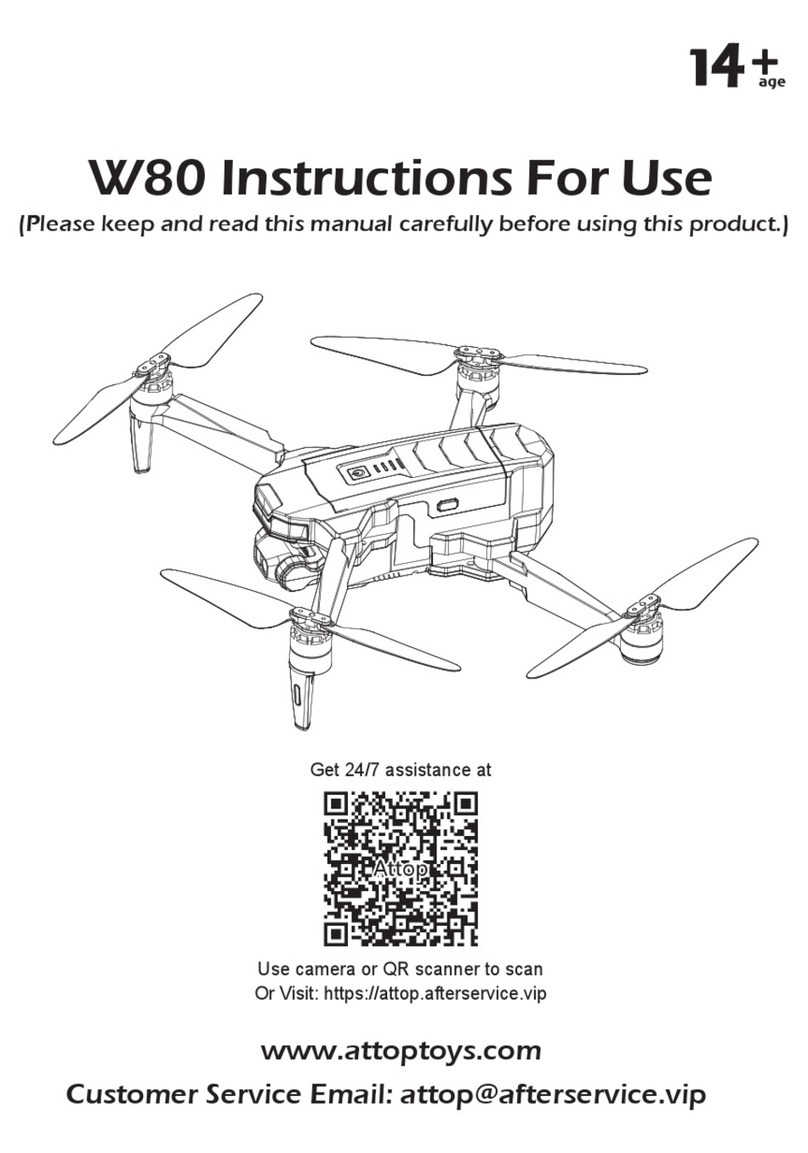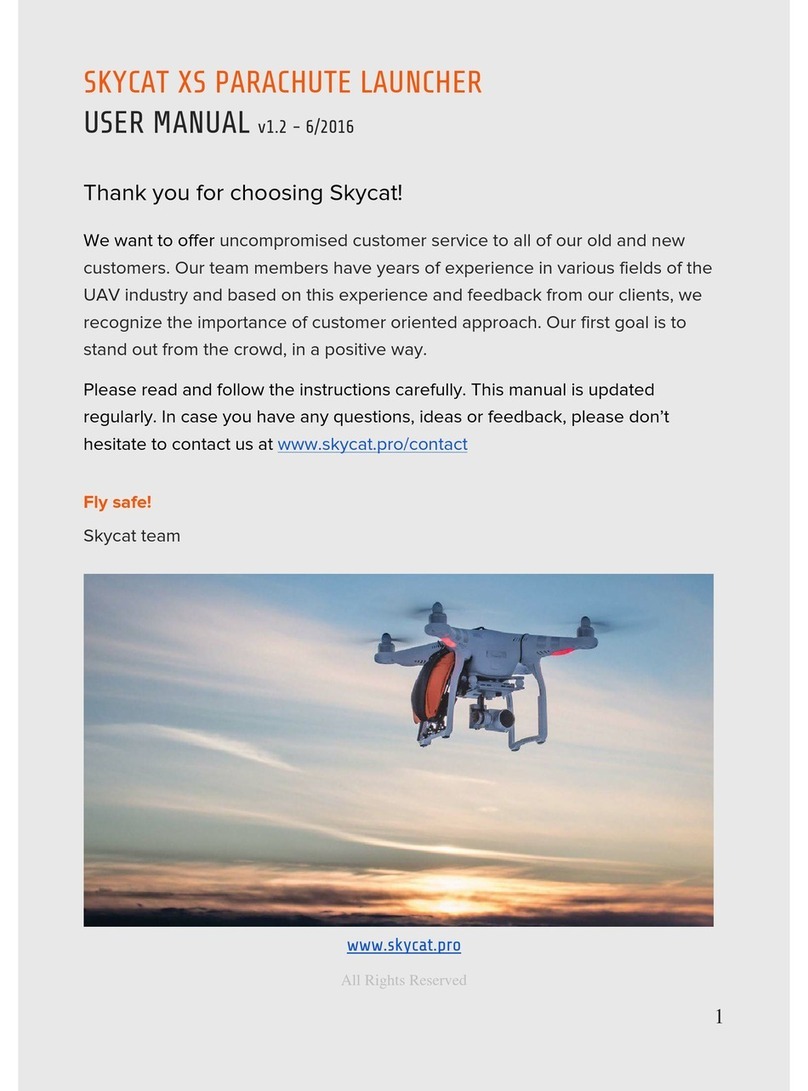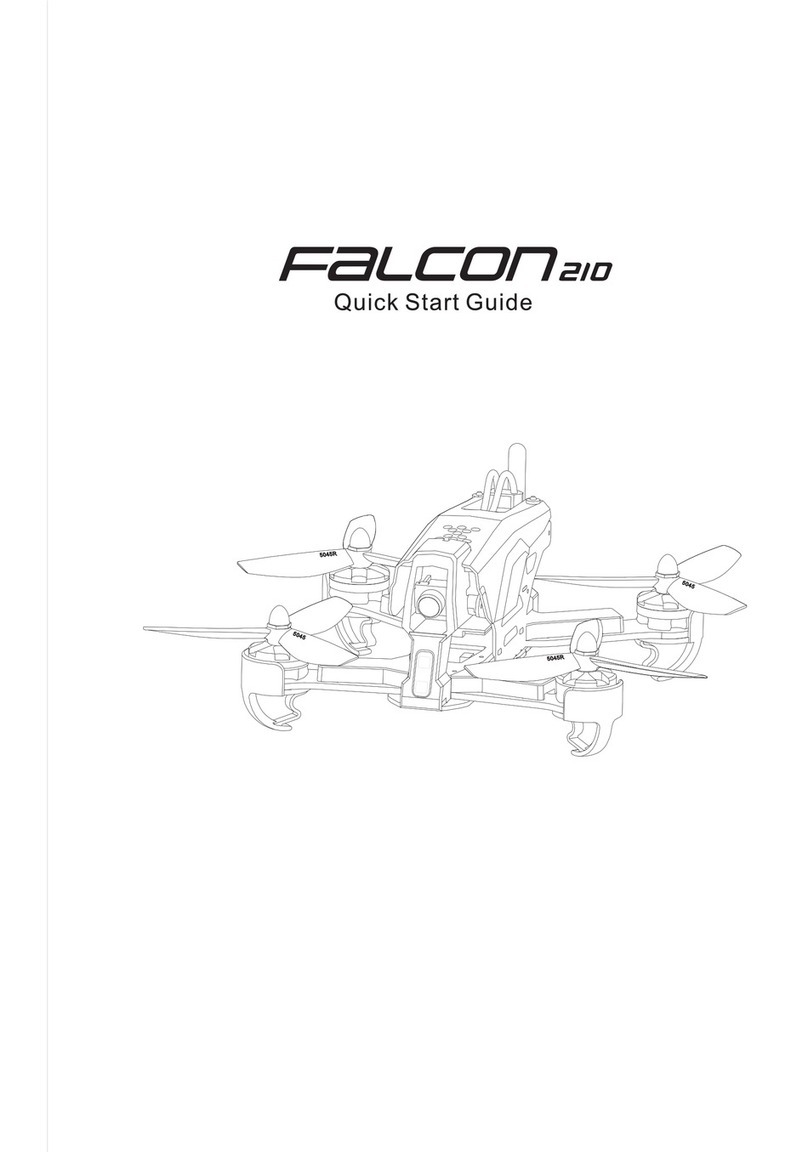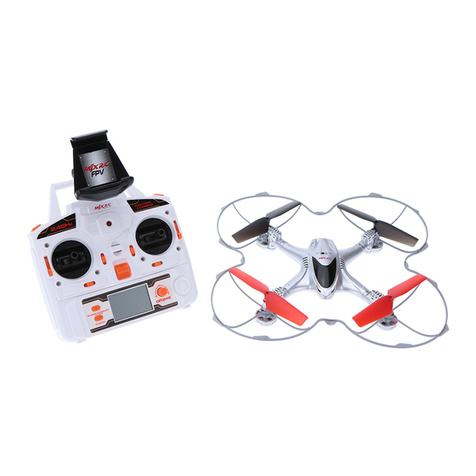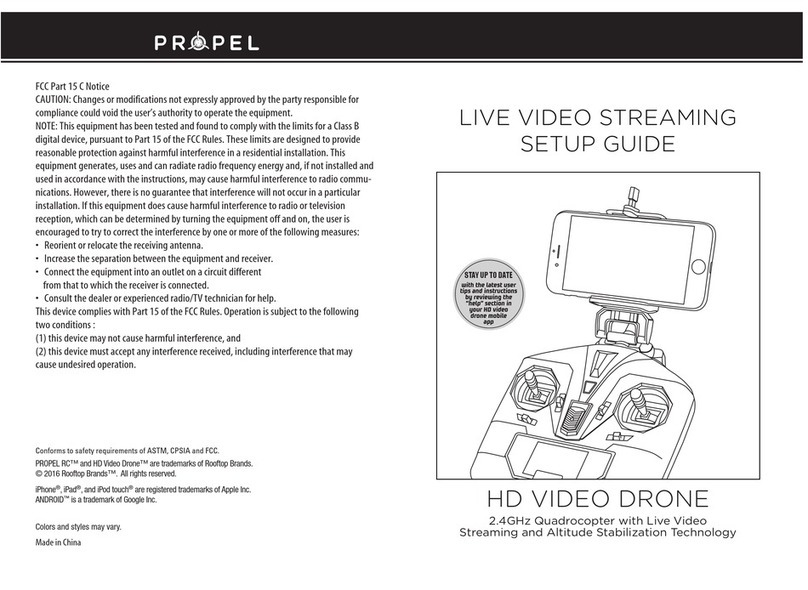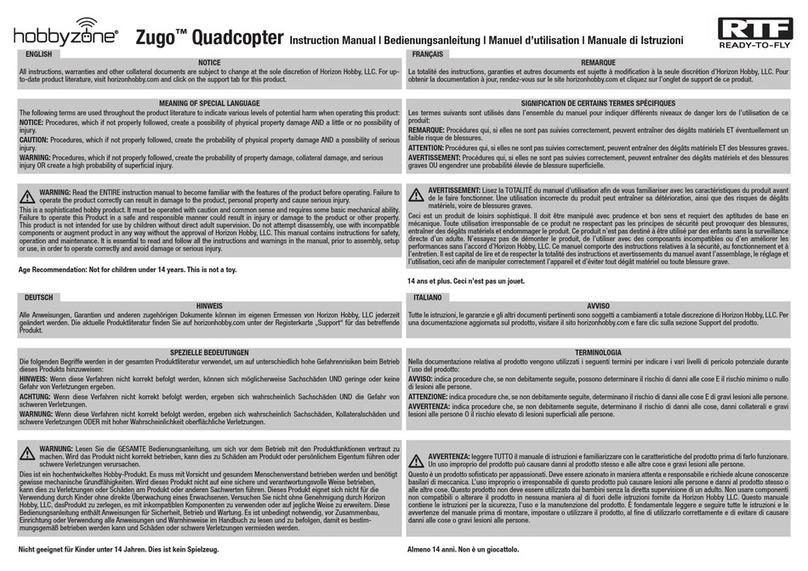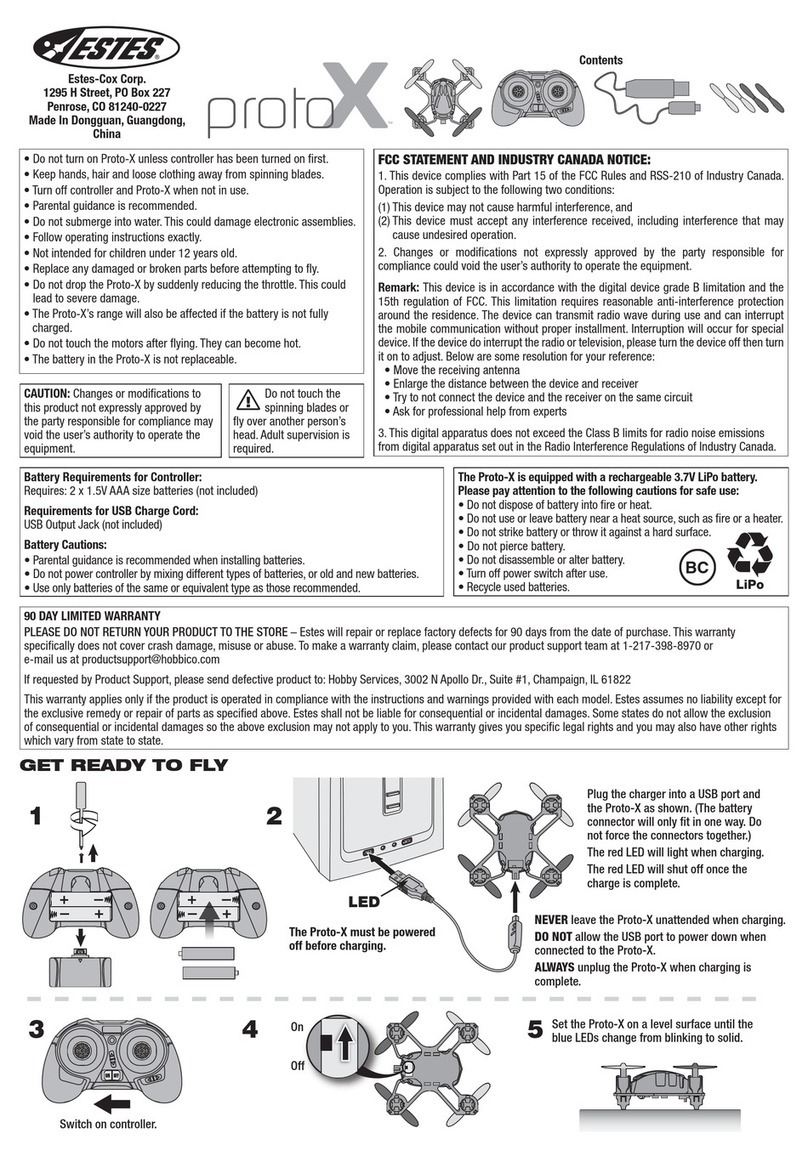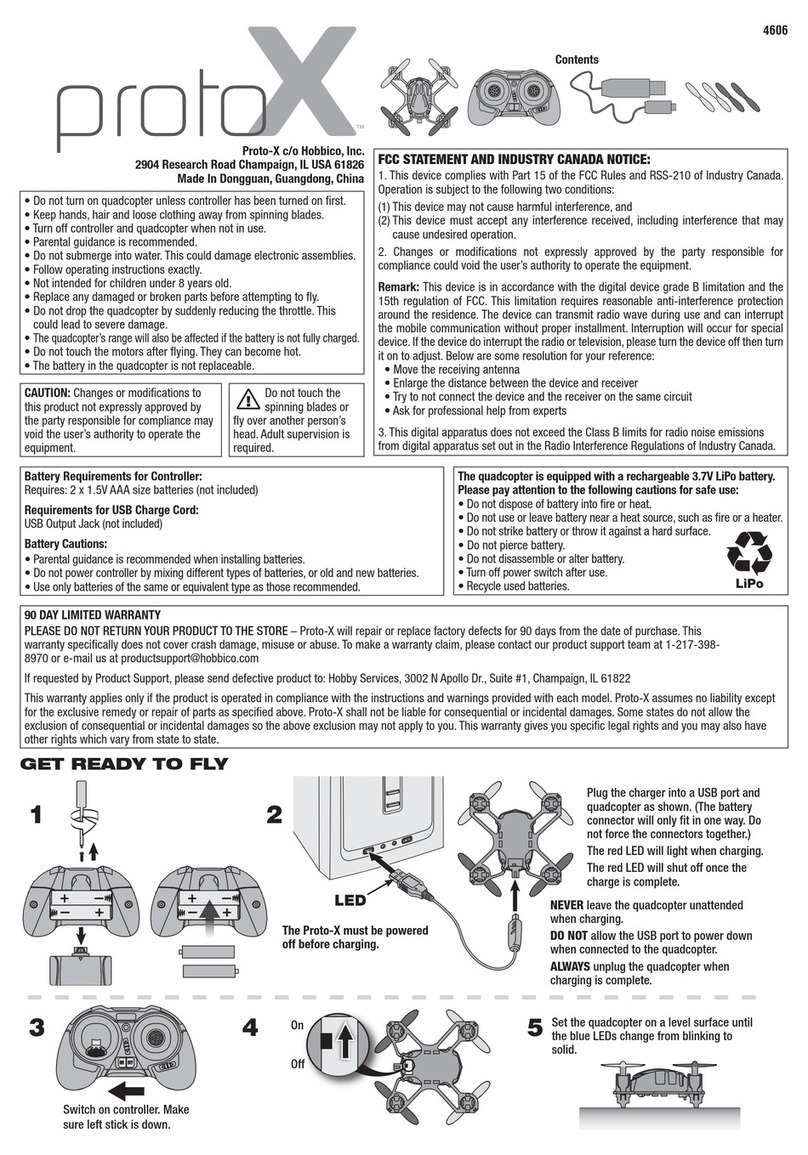
© 2017 DJI All Rights Reserved.
9
Prole
Introduction
The Agras MG-1S / Agras MG-1S RTK (abbreviated as “MG-1S” / “MG-1S RTK”) is a battery-
powered multirotor aircraft designed for agricultural applications in variety of environments and
terrains, including elds, forests and orchards. It is dust-proof, water-proof (IP43 protection rating,
IEC standard 60529) and made of anti-corrosive materials, allowing it to be rinsed clean.
The MG-1S / MG-1S RTK contains DJI’s dedicated A3 redundancy system with dual IMU and dual
compass capabilities, ensuring safe and stable operation at all times. The MG-1S RTK has a built-in
DJI Onboard D-RTK*, which provides more accurate data for centimeter-level positioning. F-mode,
uses the DJI MG app for automatic intelligent ight planning. Radar Terrain Follow, consists of three
radar modules, one on the front, rear, and underside of the aircraft, measuring distances from all
three directions for terrain follow applications.
The remote controller is equipped with a bright, dedicated screen with a built-in Android system that
runs the DJI MG app independently. The app features intelligent operation planning functions to
produce ight routes automatically, according to marked operation areas and obstacles. The DJI MG
app is able to display the system status, convenient when your aircraft is spraying far away from you.
Feature Highlights
The MG-1S uses a DJI dedicated ight control system, providing three operation modes: Smart,
Manual, and Manual Plus. This system also includes three flight modes: P-mode (Positioning),
A-mode (Attitude), and F-mode (Function).
In Smart operation mode, the aircraft will travel along a pre-planned route and spray its liquid
payload. Users can set the line spacing, ying speed, and other parameters. The MG-1 can cover
an area of 7-10 acres per hour.
In Manual operation mode, users can start and stop spraying manually and also adjust the spray rate.
In Manual Plus operation mode, ight speed is restricted and heading is locked. Except for the
heading, users can control the aircraft's movement via control sticks. Press button C1/C2 and the
aircraft will y one line spacing to the left/right.
The DJI MG app will automatically produce ight routes based on your planned tasks, which the
aircraft will perform once in F-mode.
The MG-1S also includes two intelligent memory features: Operation Resumption and System Data
Protection. When the operation or ight mode is changed from Smart operation mode or F-mode,
Operation Resumption records a set return point for the aircraft when Smart Operation Mode is
reinstated. System Data Protection keeps system data for 30 seconds, even when powered off, so
users can resume their missions after replacing the battery.
The spraying system includes a spray tank, flow meter, liquid level meter, sprinklers, and other
accessories. The four sprinklers placed on the aircraft’s two sides provide evenly distributed
spraying and coverage of the liquid payload. The nozzles on the MG-1S / MG-1S RTK can also be
swapped out to meet the needs of different applications.
An advanced Radar Terrain Follow System consists of three radar modules located on the front, rear,
and underside of the aircraft. It works automatically in Smart or Manual Plus operation mode or F-mode.
The MG-1S RTK has a built-in DJI Onboard D-RTK, providing more accurate data for centimeter-level
positioning when used with the DJI D-RTK Base Station. An optional DJI D-RTK Handheld Mapper is
designed for more precise eld planning, enhancing agricultural operations with the Intelligent Operation
Planning System within the DJI MG app.
* This should be used with a DJI D-RTKTM Base Station (purchased additionally). Refer to RTK Functions
(p. 41) for details.
